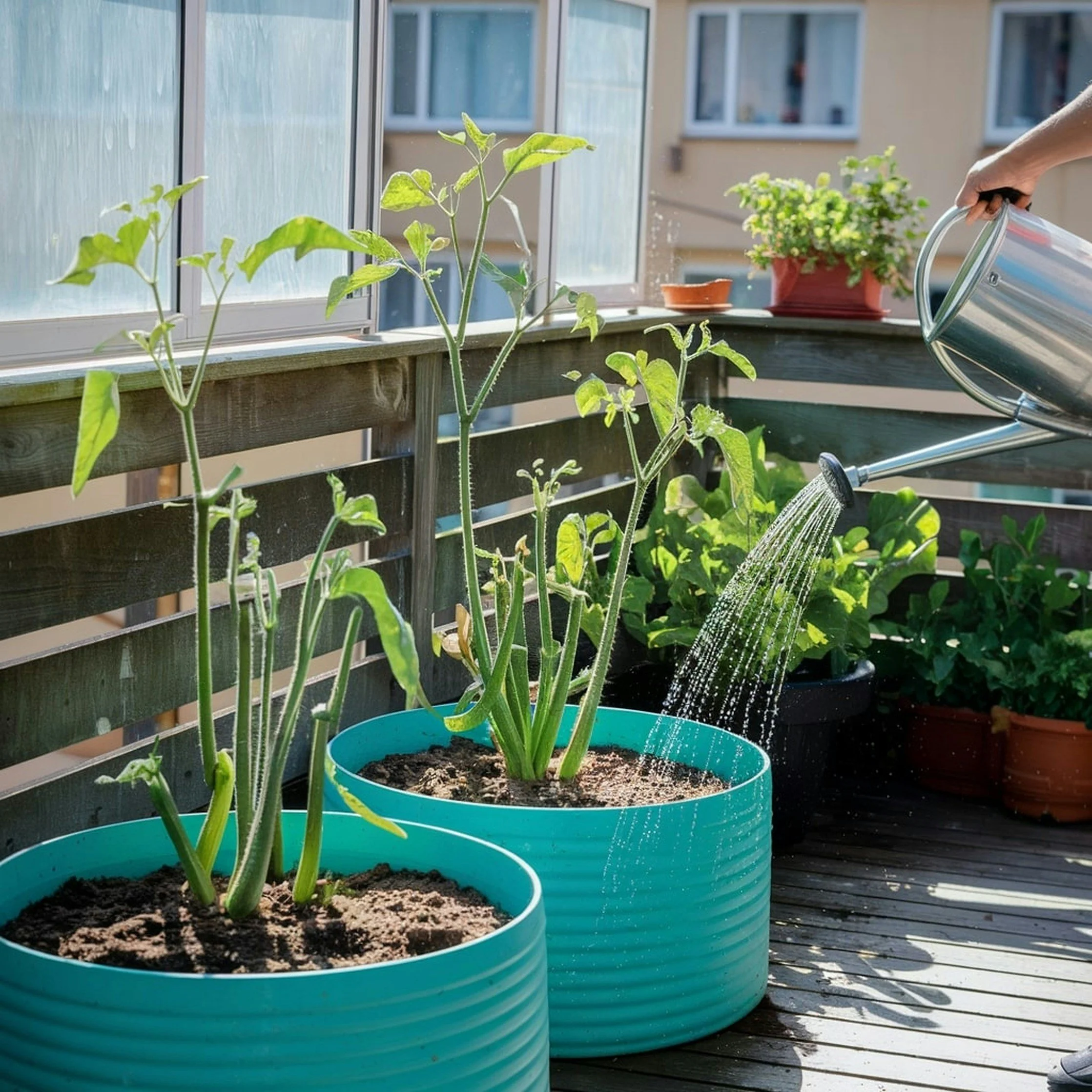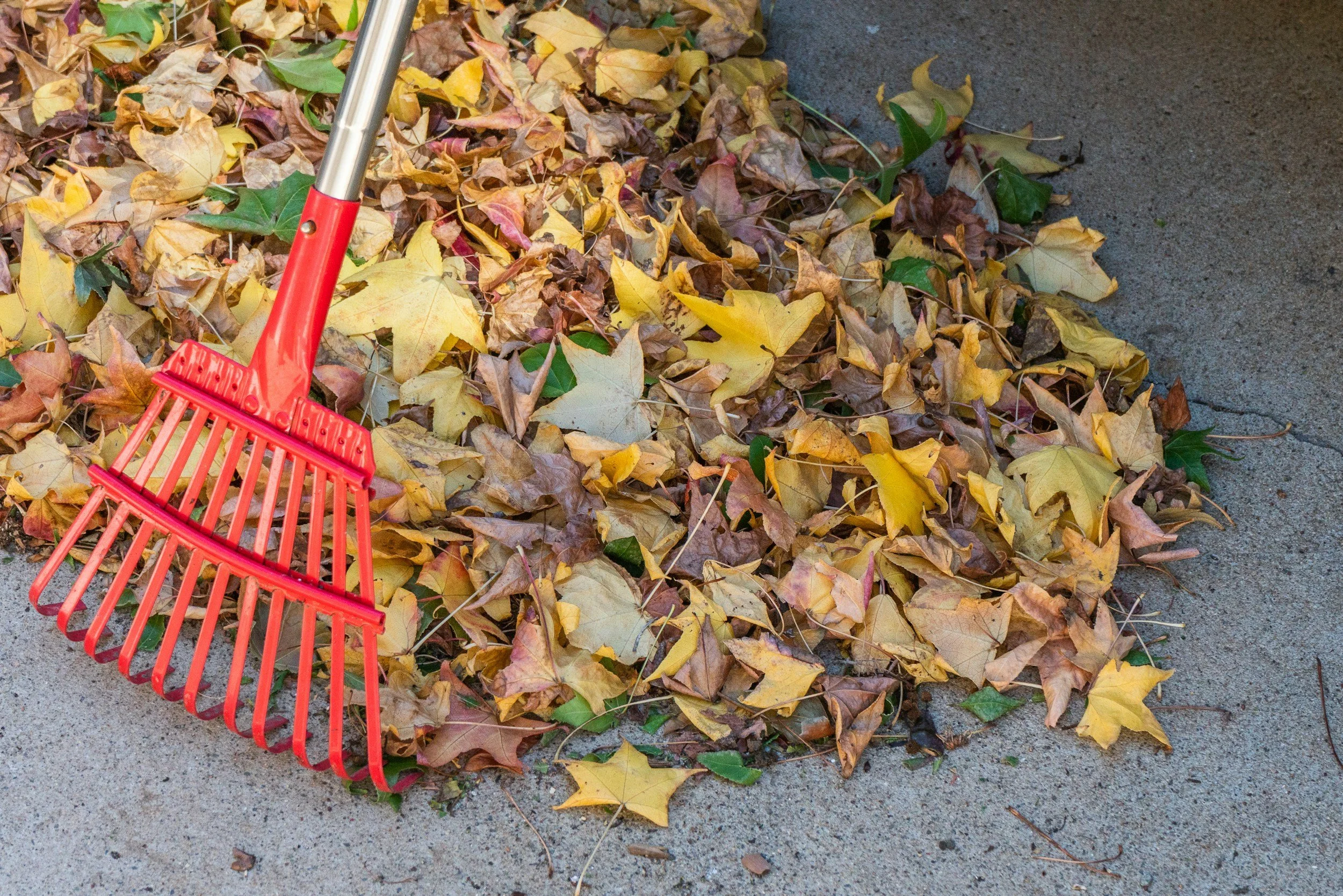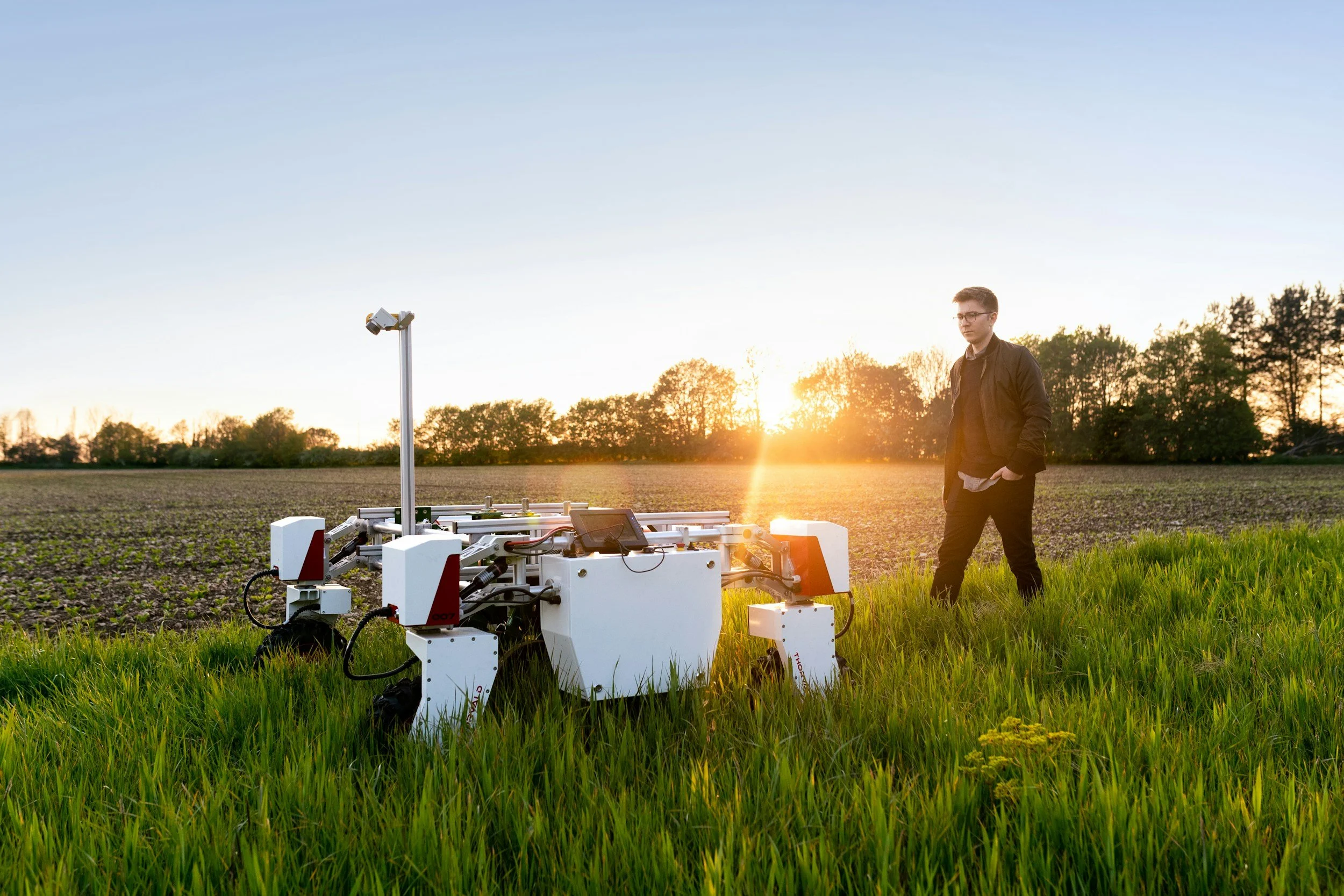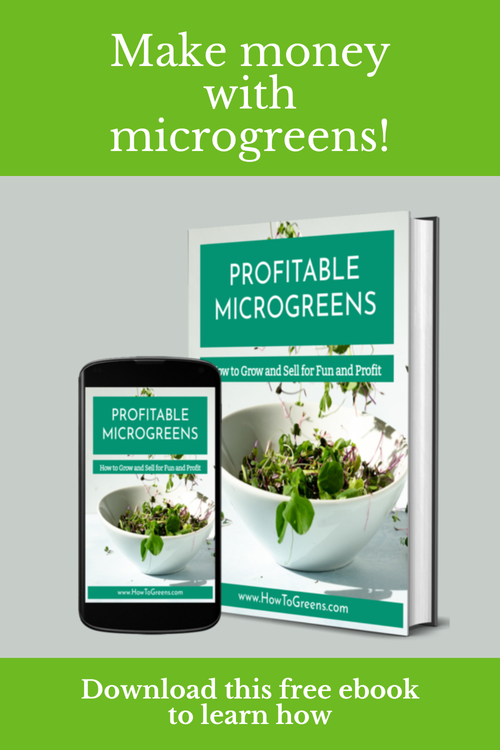What you should know about companion planting
/Experienced food gardeners know that their plants like to be surrounded by friendly companions. Companion planting, also called interplanting or intercropping, means growing one kind of plant next to others that help it thrive. Using this technique in your food garden can help you grow more in less space, and is a method especially favored by small-scale organic growers. There are many benefits to companion planting, and most experienced gardeners who use this technique anecdotally report that intercropping helps control or repel harmful insects, promotes pollination, enhances the flavor of crops, adds nutrients to the soil, and works to control weeds. Intercropping can also attract pollinators that help produce the fruit or vegetable. This is especially true of intercropping with flowers. As a general rule, marigolds make good companions for most crops; aside from attracting pollinators, their strong scent may help to mask the smell of your vegetables from garden pests.
On the other hand, scientists continue to debate the actual ‘proof’ of the benefits of companion planting. Some studies have cast doubt on whether companion planting can reduce the number of arthropods (e.g. mites, aphids, and whiteflies) invading your crops. Still, there is a lot of scientific evidence demonstrating the ability of some companion plants to create a visual obstruction that prevents certain insects from finding the plants you are trying to protect. Planting chives or coriander in order to repel aphids seems to work in this way. Other scientific studies have demonstrated that companion plants can produce repellent chemicals or mask the odor of the plant you want to protect.
Although popular literature touts the benefits of intercropping, there is some debate, and consequently, confusion over which plants go well together, and whether some of the reported benefits of companion planting are consistent or coincidental. This is partly a debate between using scientific methods (usually in controlled, laboratory stings) and using personal experience to determine how to companion plant. There are benefits to both methods, though admittedly, I prefer to rely mostly on experience (my own and that of successful gardeners I know) with a smattering of science to help me understand why certain combinations have seemed to work well in my own garden, while others don’t seem to have much effect one way or another.
So what companions should you plant next to your crops? Use this chart to help you configure your companion planting. Want to download this chart and get exclusive access to even more tips and tools for creating a thriving garden? Sign up for our list of free resources. Click the chart below to see some samples from the library then sign up to access and download items from my library of cheat sheets, reports, worksheets, and printable resources for folks who have gone green, want to go green, or are just looking for a few tips and tools to achieve optimal health and wellness.


































